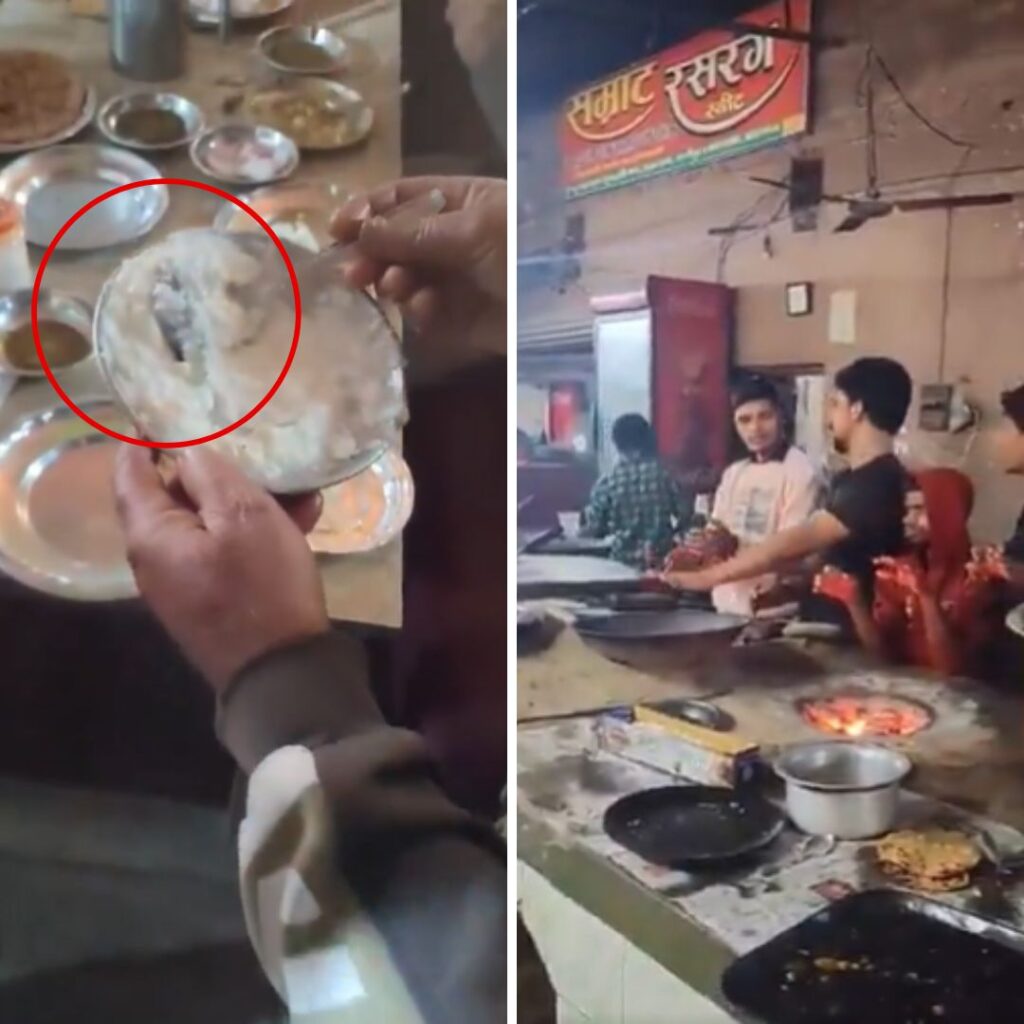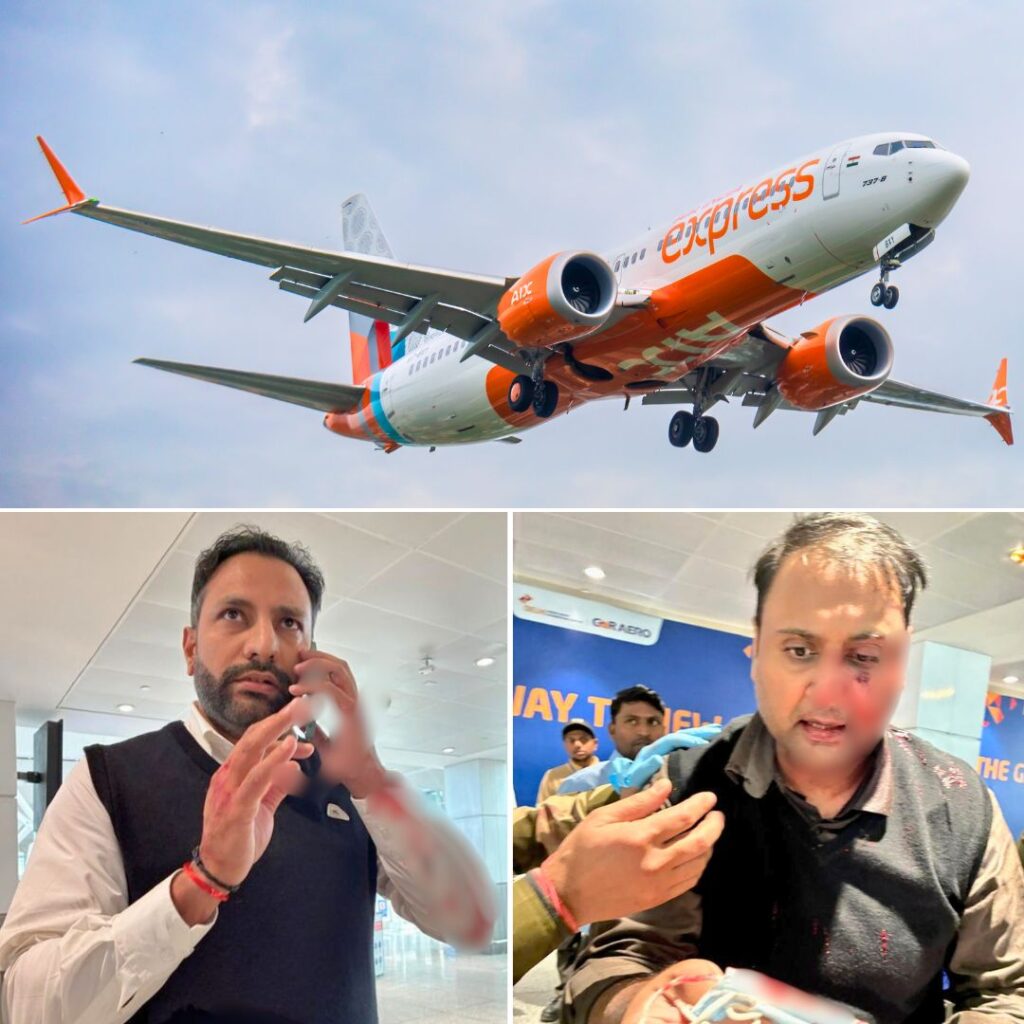Meghalaya, along with the rest of the world has been making all possible efforts to contain the spread of novel coronavirus and is one of the states in India with the lowest number of COVID-19 positive cases per million population. But, this is not the only thing that sets the state apart from others.
Meghalaya has been able to achieve 90 per cent immunization coverage and now ranks second alongside Kerala, only after Telangana, in terms of immunization coverage in India. From just 61.4% coverage between 2015-16 to achieving 90% coverage in July 2020, Meghalaya has been able to turn crisis into an opportunity.
The Full Immunization Coverage (FIC) in Meghalaya has increased from 61.4% (National Family Health Survey (NFHS)-4, 2015-16) to 90% (July 2020, Immunization Dashboard, Immunization Technical Support Unit (ITSU), Immunization Division, MOHFW, GOI). It should be noted that between the years 2015-19, the State had one of the lowest immunization coverage in the country, which in turn entailed an increase in Infant Mortality Rate (IMR) as well as the Maternal Mortality Rate (MMR), taking the State’s MMR to be higher than the National Average.
The low rate of immunization also cost it a performance grant of Rs. 25 Crore in 2019 due to its inability to achieve full immunization target set by the Govt. of India (GOI). The situation demanded immediate intervention and hence, Meghalaya set out on a mission to make up for its inefficiency.
Challenges Meghalaya Faced In Achieving Full Immunization Coverage
Dr. Neelanjan Roy, State Surveillance Medical Officer, World Health Organization (WHO)- National Polio Surveillance Project (NPSP) explains that achieving full immunization coverage comes with its own set of challenges which can be classified into two broad types – ‘Supply Side’ and ‘Demand Side’ issues. Some of the supply side issues are:
Lack of critical manpower like Medical Officers, Health Supervisors, Auxiliary Nursing Midwifery (ANMs) and ASHAs in some areas.
Lack of suitable infrastructure for conducting routine immunization sessions in some outreach areas (Sub-centres/ AWW Centres) or in some remote villages where there is lack of a proper sheltered area, including non-motorable roads.
Due to various factors, there could be stock-out of some vaccines or logistics which could also adversely affect the immunization coverage.
Lack of regular and targeted Information, Education and Communication (IEC) efforts at removing the vaccine hesitancy.
The demand side issues include instances whereby in some areas across many districts, people do not come forward to get their children immunized on time due to Adverse Event Following Immunization (AEFI) in the past or Lack of awareness and superstitions which causes vaccine hesitancy.
The broad identified challenges are High number of hard to reach areas or non-motorable roads, Capacity building gap, Vaccine acceptance in community, AEFI Apprehension in community, Mobility support for front line workers, Low VHSND/ UHSND coverage, Health seeking Behaviour, Vaccine hesitancy / Refusal pockets/ areas, COVID-19, Natural calamities, especially in Garo hills region.
How Was 90% Immunization Coverage Achieved?
Throwing light on measures adopted by the State, Dr. Neelanjan Roy states that Meghalaya has traditionally reported immunization coverage well below the national average. However, the recent administrative intervention and focus on full immunization coverage has boosted the efforts of the Health Department, as well as other line departments like Social Welfare, and including the involvement of community leaders who have a big role to play in the routine affairs at community levels.
There is regular collection, collation and analysis of immunization coverage on a weekly basis and lot of focus on holding of VHNDs on a regular basis. In some districts also, the district administration is actively involved and are even monitoring the immunization activities on a real-time basis.
Providing more details about the measures taken, Dr. P. Manners, Joint Director, MCH & FW informs that the first step was to identify the gaps and adopt an iterative, adaptive and a decentralized process of implementation. A State Immunization Team was constituted and was led by P. Sampath Kumar, IAS, Commissioner & Secretary, Dept. of Health & Family Welfare Department and Ramkumar S., IAS, Mission Director, National Health Mission, Government of Meghalaya.
Following this, extensive field visits were conducted to identify pockets of low immunization coverage, assess reasons for the same and plan out evidence based strategies. An active vaccination sensitization campaign under the banner, ‘ 5 Times in One year’ was introduced to sensitize people on the importance of vaccination.
In due course of time, it was observed that there was a micro planning gap and a training sessions were organize for health care officials. A major hindrance towards achieving full immunization coverage was d…












